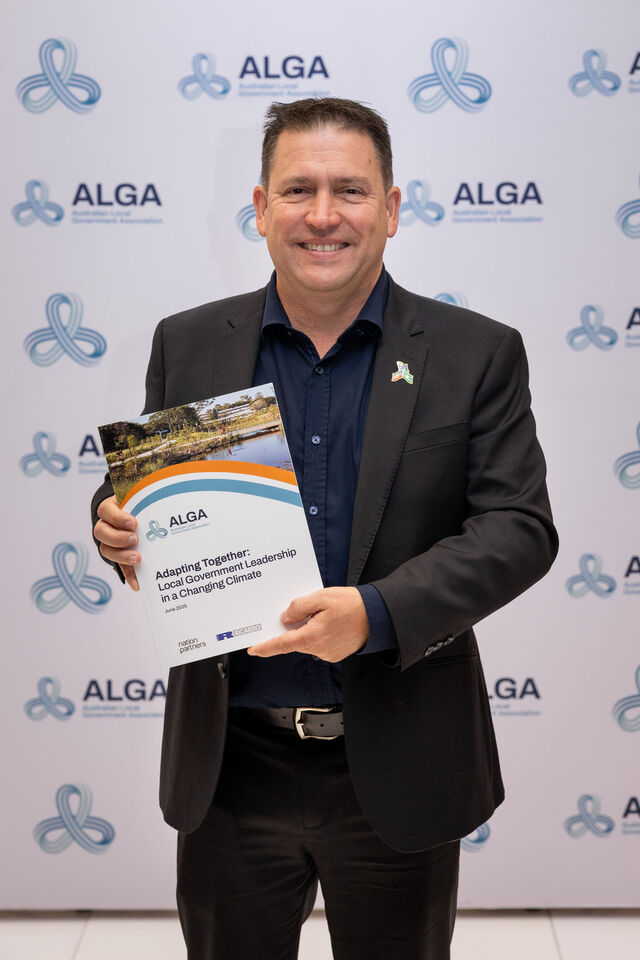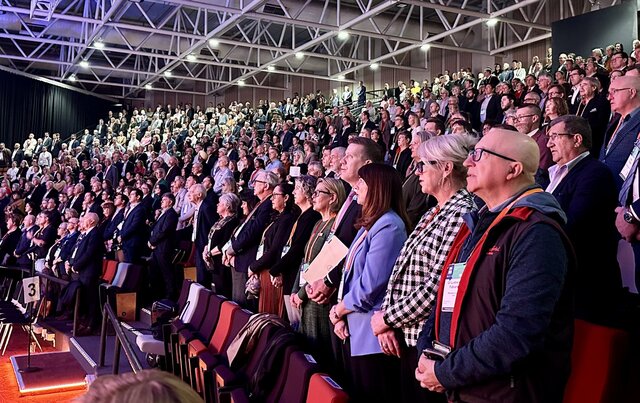Lobbying for an overhaul of the Northern Territory’s Local Government electoral system has paid off for Central Desert Shire Council in record time. Territory Local Government Minister Malarndirri McCarthy has announced a consultative review of the system, to be completed by the middle of the year.
Located north of Alice Springs, Central Desert Shire covers 282,000 square kilometres, with a population of just 4,500 people.
Some 600 kilometres northwest of the Shire’s main town of Ti Tree is Nyirripi, with a population of 380 people.
Last November, the Nyirripi Advisory Board asked Council to advocate for a system that makes it easier for candidates from small communities to be elected to Council.
Council wrote to the Minister last December, following a presentation from Dr Will Sanders from the Desert Knowledge Cooperative Research Centre (DKCRC) and the Centre of Aboriginal Economic Policy Research at the Australian National University.
His research findings showed that the Territory’s current ‘exhaustive preferential’ vote counting system unfairly disadvantages candidates from smaller communities, such as Nyirripi.
“By combining preferential voting, multi member electorates and repeated 50 per cent plus one, majoritarian vote counting, the system leads to large voting groups repeatedly winning seats and small voting groups repeatedly missing out,” Dr Sanders said.
“Multi member electorates are generally used in electoral systems to spread representation to smaller voting groups. However, in this system, large voting groups repeatedly dominate in exactly the same way as they do in single member elections.”
In a new research paper published by DKCRC, Dr Sanders proposes three alternatives for reform of the Local Government electoral system in the Northern Territory.
The first is that local councils make much greater use of smaller, single member electorates. He said this requires work in dividing up electorates, but would lead to a geographic spread of representatives and also possibly to a greater social spread.
The second and third reform alternatives retain multi member electorates and preferential voting, but with a change to the vote counting method.
“The simplest alternative here is to adopt preferential first past the post vote counting with a single vote,” Dr Sanders said.
“Basically, preferences are distributed until there are the same number of candidates remaining as positions available.
“If there are four positions available, members will be elected with an average of slightly over one fifth of the votes, but with some variation above and below this level.
“The more complex reform alternative is to actually set a quota. That way, when there are four vacancies in an area, there would be one fifth of the votes plus one.
“This system has been used in Senate elections since 1949 and in Victorian Local Government since 2003, as well as in many other Local Government and State and Territory level electoral systems around Australia.
“Under this system, called Single Transferable Vote Proportional Representation, if particular candidates win more than the required minority quota for election, preferential vote marking is then used to direct their surplus votes to candidates who their supporters prefer.”
Dr Sanders argues that any of these three reform alternatives would be better than the existing method.
“Electoral systems need to be used to achieve representational spread among voting groups,” he said. “If they are not used in this way, political institutions will be seen as illegitimately dominated by particular interests.
“We don’t want that to be the fate of Northern Territory Local Government.”
Minister McCarthy wrote to Central Desert Shire President Norbert Patrick in response to Council’s request, saying that the work undertaken by Dr Sanders provides a strong evidence base to review the methodology and consider a different approach.
She wrote that she expected the terms of reference of the review to be drawn up early this year.
The small communities of Nyirripi and Willowra are part of Central Desert’s Southern Tanami Ward, which until the recent uncontested by election was represented by four members from Yuendumu.
The candidate from Nyirripi failed to be elected to Council during the historic first Shire elections in 2008, despite achieving a high first preference vote.
The next NT Local Government elections will be in 2012.
Dr Sander’s report, Fuelling Large Group Dominance and Repeating Past Mistakes: A Critique of the Northern Territory Local Government Electoral System, can be downloaded from www.desertknowledgecrc.com.au/publications/research.html







